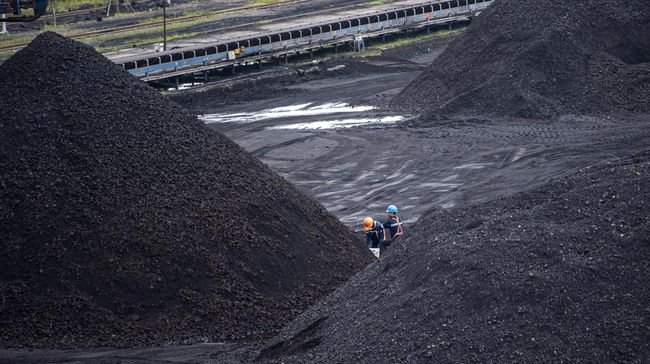Globaltraded.com — The global push towards renewable energy has undeniably reshaped the landscape for coal mining and supply, posing a critical question: is the future of coal mining nearing its end, or are there new business prospects that can ensure its survival?
The Decline of Coal Demand
The narrative around coal has significantly shifted in recent years. Governments worldwide have enacted stringent environmental regulations aimed at reducing carbon emissions. The Paris Agreement and other international commitments to mitigate climate change have driven countries to cut back on coal-fired power generation. The European Union, for example, has implemented policies to phase out coal, leading to a sharp decline in coal consumption across the continent.
Similarly, in the United States, coal’s share of electricity generation has plummeted from around 50% in the mid-2000s to less than 20% today. This decline is largely attributed to the rise of natural gas and renewables, which are not only cleaner but have become more cost-competitive. In Asia, China and India, the world’s largest coal consumers, have also begun investing heavily in renewable energy sources, though their coal usage remains substantial due to ongoing industrial growth and energy demands.
Despite these trends, coal mining companies have demonstrated remarkable resilience. For instance, Australia, one of the world’s top coal exporters, continues to see robust demand for its high-quality coal, particularly from Asian markets. Australian miners have leveraged technological advancements to reduce production costs and enhance efficiency, thereby maintaining their competitiveness.
In Indonesia, the world’s largest exporter of thermal coal, the industry has adapted by expanding its customer base beyond traditional markets. Indonesian coal producers have targeted emerging economies in Southeast Asia and other regions where coal remains a vital energy source due to its affordability and reliability.
Diversification and Technological Innovation
To navigate the challenges posed by the green energy transition, coal mining companies are diversifying their portfolios. Some are investing in renewable energy projects, aiming to transform themselves into broader energy companies. This strategic pivot not only aligns with global sustainability goals but also opens new revenue streams.
Technological innovation plays a critical role in this transition. Carbon capture and storage (CCS) technology, for example, offers a way to reduce the environmental impact of coal by capturing carbon dioxide emissions from power plants and industrial processes. While still in its nascent stages, CCS has the potential to extend the viability of coal in a decarbonizing world.
Market Adaptation Strategies
- Geographical Diversification: Coal companies are increasingly focusing on markets with less stringent environmental regulations. Africa, for instance, is seen as a potential growth market for coal, given its energy infrastructure needs and economic development goals.
- Product Differentiation: High-grade metallurgical coal, essential for steel production, remains in demand. This segment is less vulnerable to the shift towards renewables compared to thermal coal used for electricity generation.
- Vertical Integration: Some coal companies are moving downstream in the supply chain, investing in logistics, trading, and other related industries to capture more value and reduce dependence on volatile commodity markets.
- Public Relations and Lobbying: The coal industry has ramped up efforts to influence public policy and opinion. By highlighting the economic benefits of coal mining, such as job creation and local economic development, companies aim to garner support from policymakers and communities.
Advanced mining technologies are being deployed to improve operational efficiency and reduce environmental footprints. Automation, artificial intelligence, and data analytics are transforming traditional mining operations, enabling companies to optimize resource extraction and minimize waste.
Furthermore, research into cleaner coal technologies continues. These innovations aim to make coal a more environmentally friendly energy source, potentially offering a lifeline to the industry as it faces increasing scrutiny from environmental advocates.
Future Outlook and Challenges
The coal industry’s future hinges on several critical factors. The pace of renewable energy adoption, government policies, technological advancements, and market dynamics will all shape the trajectory of coal mining and supply.
While the transition to green energy presents significant challenges, it also offers opportunities for those willing to innovate and adapt. The resilience and adaptability of coal producers will determine their ability to navigate this transformative period.
The coal mining industry stands at a crossroads, facing unparalleled challenges as the world shifts towards greener energy sources. However, the industry’s capacity for innovation, diversification, and adaptation suggests that it is not destined for obsolescence just yet.
By embracing new technologies, exploring alternative markets, and redefining their business models, coal mining companies can carve out a sustainable path forward. The journey will be fraught with difficulties, but for those who succeed, the rewards could be substantial in a world that still relies on diverse energy solutions.




























































